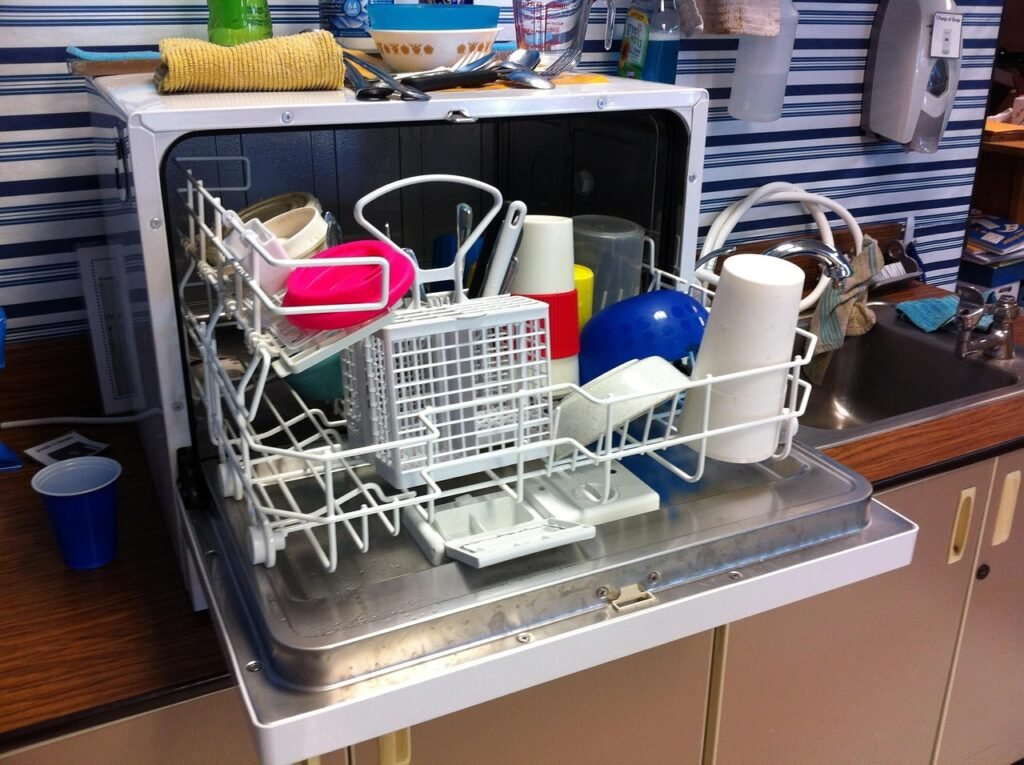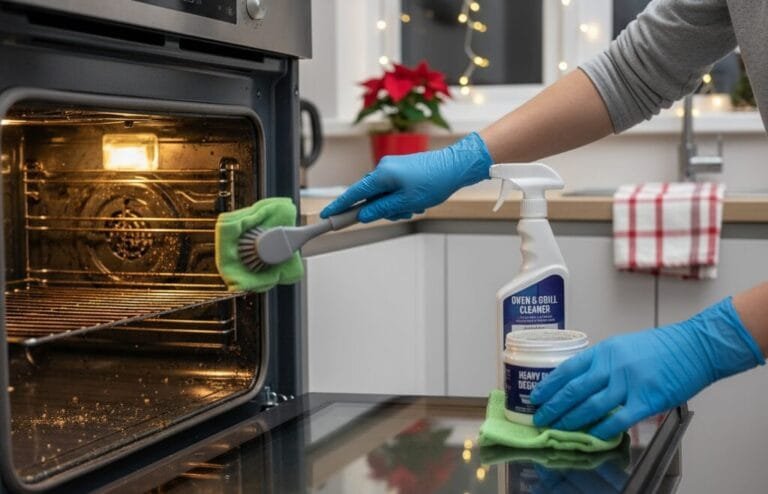Cloudy, etched, or spotted glasses after a dishwasher cycle aren’t just unsightly—they often signal a problem with your machine’s spray arm rather than your water supply. At Romano’s Appliance Repair, our EPA-certified, factory-trained technicians diagnose and fix spray arm issues daily, restoring spotless glassware and peak dishwasher performance. Here’s what you need to know about spray arm malfunctions, how they lead to cloudy glasses, and why professional service is often the fastest, most reliable solution.

Why Spray Arms Matter for Dishwasher Cleaning
The spray arm is the heart of your dishwasher’s cleaning system. Mounted under the lower rack—and sometimes the upper rack too—it spins under water pressure, distributing jets of water that dislodge food particles and rinse away detergent. When spray openings clog, bearings wear, or the arm fails to rotate, water flow becomes uneven:
- Clogged Nozzles: Mineral deposits or food debris block spray holes, reducing spray coverage.
- Worn Bearings or Bushings: Plastic or nylon bushings that allow the arm to spin can degrade over time, causing the arm to stick or wobble.
- Cracked or Warped Arm: High-heat cycles can warp plastic arms; cracks leak pressure, diminishing spray force.
When spray arm performance suffers, glasses don’t get the full rinse they need. Residual detergent or minerals stay on the surface, evaporate, and leave a cloudy film or etch behind.
Top Signs of Spray Arm Failure
- Cloudy or Filmy Glassware: Instead of sparkling clear, glasses emerge cloudy, streaked, or with white spots that won’t buff away.
- Uneven Cleaning Patterns: Dishes near a working spray arm section look clean, while items behind blocked nozzles remain soiled.
- Arm Doesn’t Spin Freely: Manually turn the spray arm—if it resists, binds, or makes grinding noises, internal components need attention.
- Visible Cracks or Warping: Inspect the arm for fissures; even small cracks can disrupt water pressure and spray patterns.
- Unusual Dishwasher Noises: Groaning or scraping sounds during the wash cycle often indicate a misaligned or loose spray arm.
DIY Troubleshooting Steps
Before calling a pro, try these quick checks:
- Remove and Rinse: Take out the lower spray arm. Rinse it under the sink, using a toothpick or compressed air to clear each nozzle.
- Soak in Vinegar: Mineral scale dissolves in a 1:1 white vinegar solution. Let the arm soak for 30–60 minutes to loosen deposits.
- Check Rotation Mechanism: While the arm is off, spin the mounting hub—it should turn smoothly. If it’s stiff or uneven, internal bushings may be worn.
- Verify Water Supply: Ensure the dishwasher’s water inlet valve isn’t clogged; low incoming pressure can mimic spray arm failures.
If cloudiness persists or the arm still won’t spin freely, professional repair is the safest next step.
Why Professional Spray Arm Replacement Matters
- Accurate Diagnosis: Technicians use calibrated pressure gauges and flow meters to confirm spray arm issues versus pump or filter problems.
- OEM-Quality Parts: We install original manufacturer spray arms and bearings designed to withstand frequent use and high temperatures.
- Proper Alignment & Reassembly: Misaligned arms can hit racks or hit dishes, causing noise and damage. Our trained pros ensure precise mounting and clearance.
- Warranty Protection: DIY repairs often void appliance warranties. Our service maintains warranty compliance and offers a 90-day labor and parts guarantee.
- Comprehensive Service: During the visit, technicians inspect related components—filters, pumps, and seals—preventing future clogs and leaks.
Frequently Asked Questions (FAQs)
Q: Can cloudy glasses be caused by hard water, not the spray arm?
A: Hard water minerals can etch glass over time, but cloudy residue that washes away with vinegar points to spray arm issues. We test both water hardness and spray performance to pinpoint the cause.
Q: How long does spray arm replacement take?
A: Most replacements, including diagnosis, part swap, and test run, finish within one hour on a same-day service call.
Q: Will replacing the spray arm fix all dishwasher issues?
A: It resolves spray-related cleaning problems. If you also have draining or pump issues, technicians can address those concurrently.
Q: What’s the cost of professional spray arm repair?
A: Replacement spray arms range $30–$80, plus labor. Total cost typically falls between $100 and $180, depending on your model and service area.
Q: How can I prevent future spray arm clogs?
A: Run dishwasher cleaner monthly, scrape plates before loading, and periodically rinse filters and arms to remove buildup.
Conclusion
Cloudy glasses and uneven cleaning aren’t just an aesthetic issue—they signal spray arm underperformance that, left unaddressed, leads to higher energy bills and possible component damage. Romano’s Appliance Repair combines EEAT-backed expertise—EPA-certified technicians, OEM parts, and industry-approved diagnostic methods—to restore your dishwasher to like-new condition.
Contact Us
Bring back the sparkle to your glassware—contact Romano’s Appliance Repair today:
- Phone: (561) 352-8870
- Email: romanosappliance@gmail.com
- Website: romanosappliancerepair.com
Our team is ready to schedule same-day service and ensure your dishwasher delivers flawless results.





